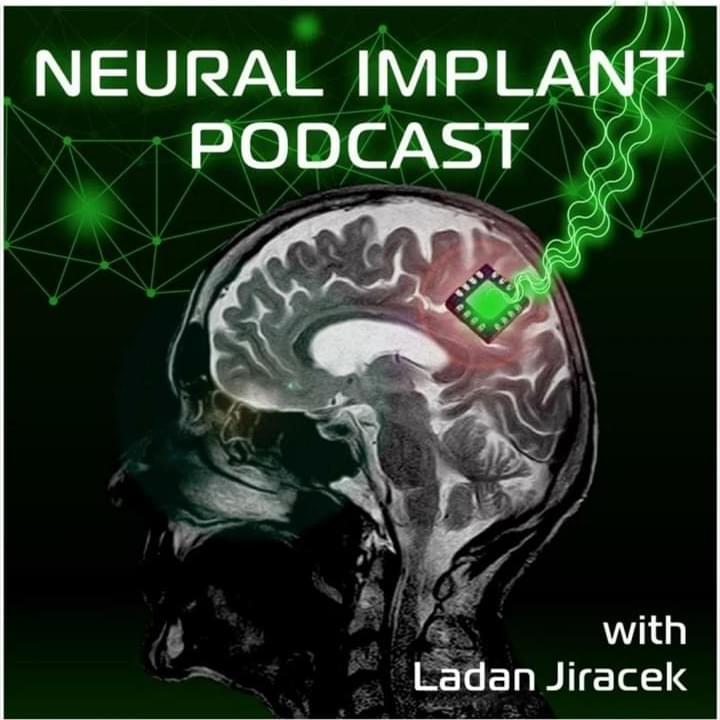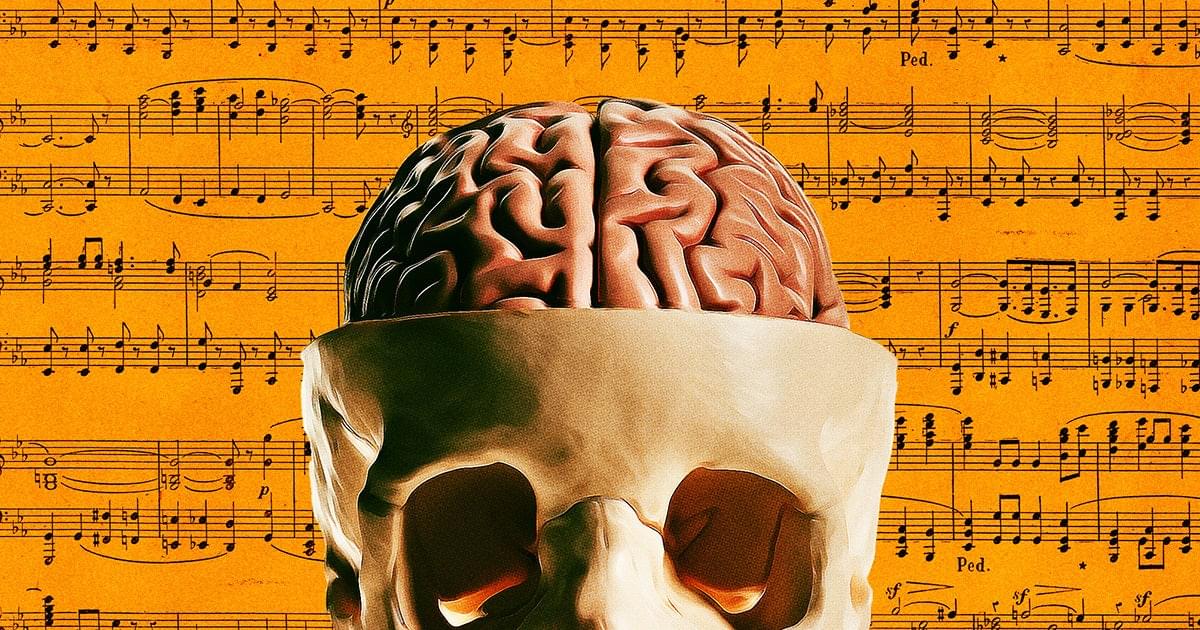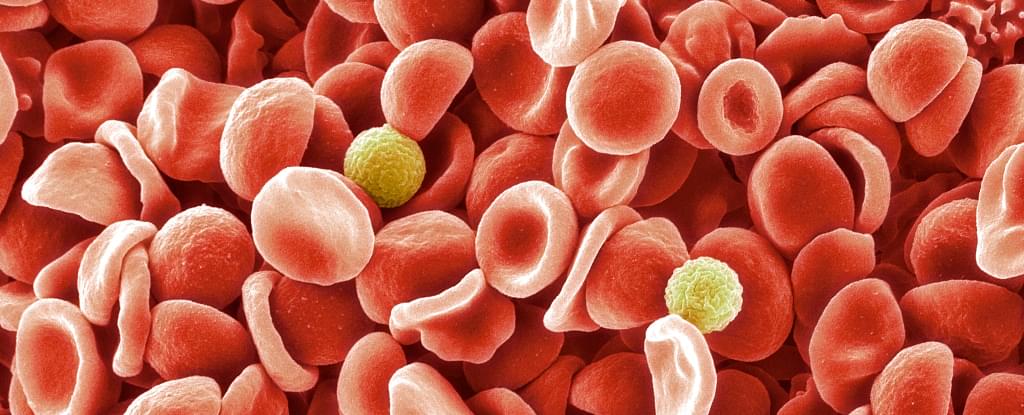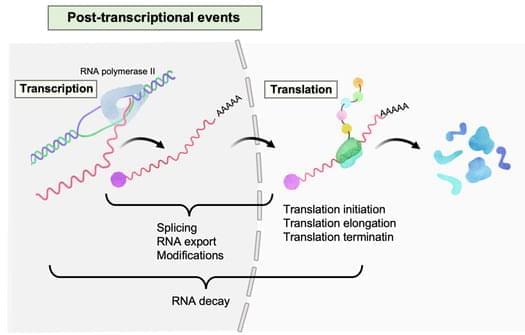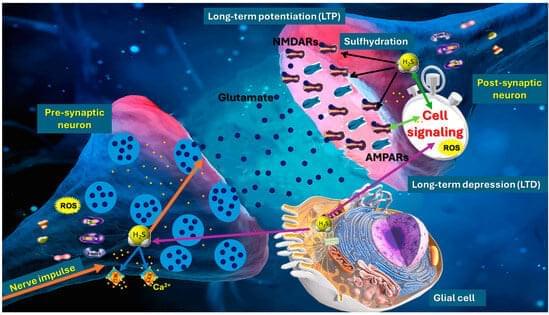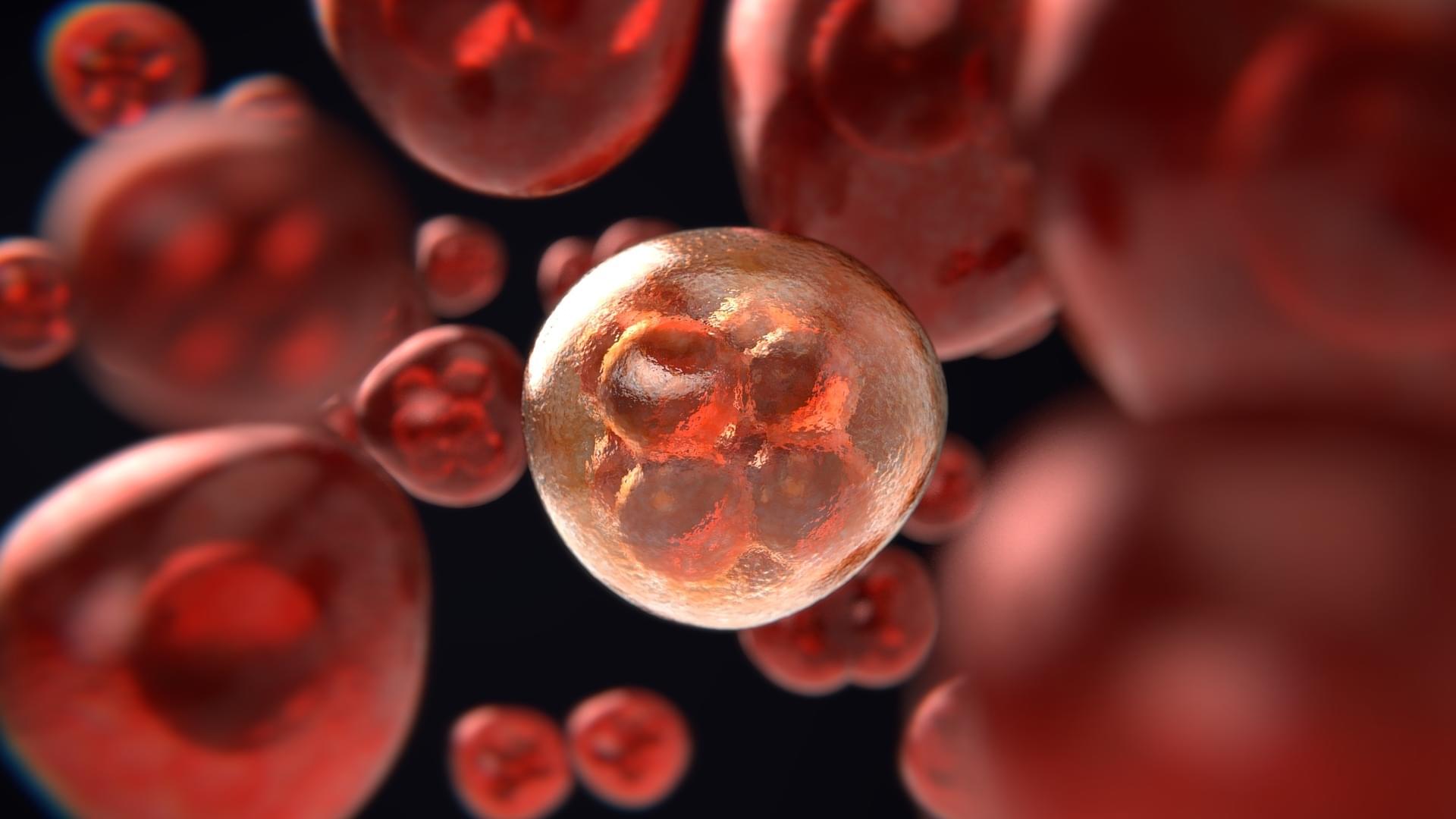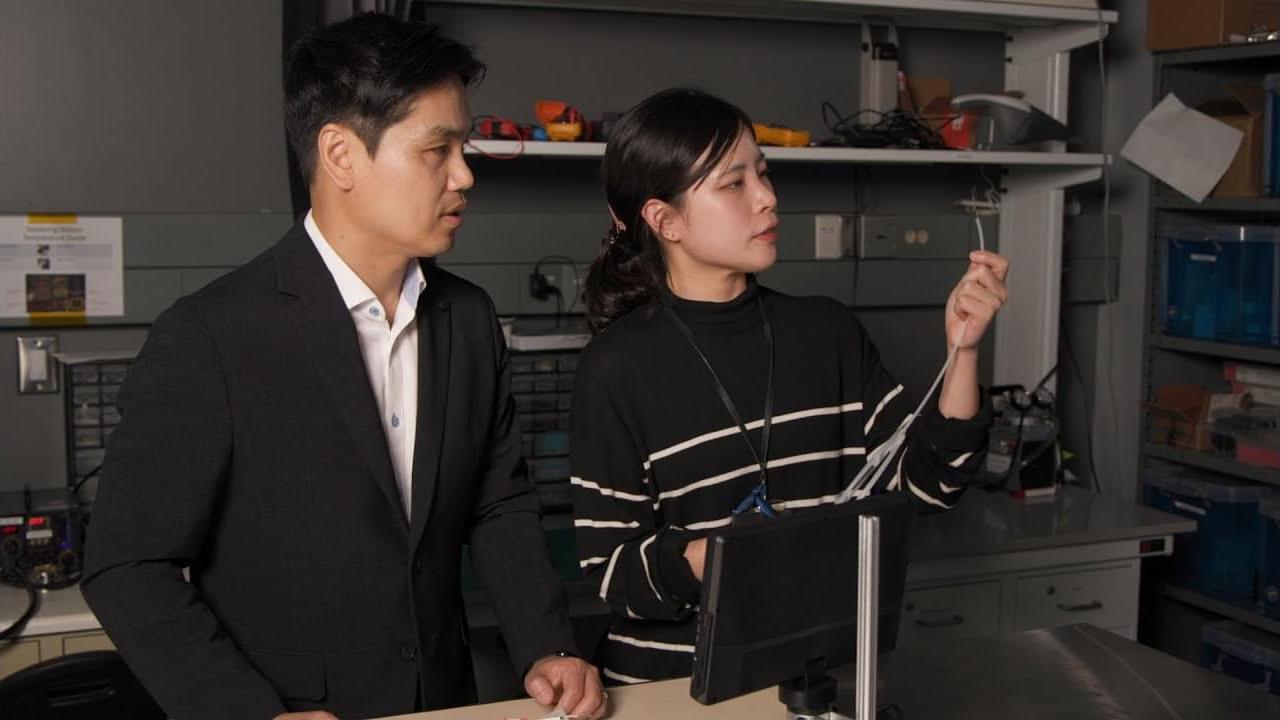Patreon: https://www.patreon.com/seanmcarroll.
Blog post with audio player, show notes, and transcript: https://www.preposterousuniverse.com/podcast/2025/04/14/311-…ndamental/
Questions about consciousness range from the precise and empirical — what neurons fire when I have some particular experience — to the deeply profound — does consciousness emerge from matter, or does matter emerge from consciousness? While it might be straightforward to think that consciousness arises from the collective behavior of atoms in the brain, Annaka Harris and others argue that consciousness could be the fundamental stuff from which matter arises. She talks with a variety of experts in her new audio series, Lights On: How Understanding Consciousness Helps Us Understand the Universe.
Annaka Harris received a BFA from New York University. She is the author of Consciousness: A Brief Guide to the Fundamental Mystery of the Mind. She is a co-founder of Project Reason.
Mindscape Podcast playlist: https://www.youtube.com/playlist?list=PLrxfgDEc2NxY_fRExpDXr87tzRbPCaA5x.
Sean Carroll channel: https://www.youtube.com/c/seancarroll.
#podcast #ideas #science #philosophy #culture

